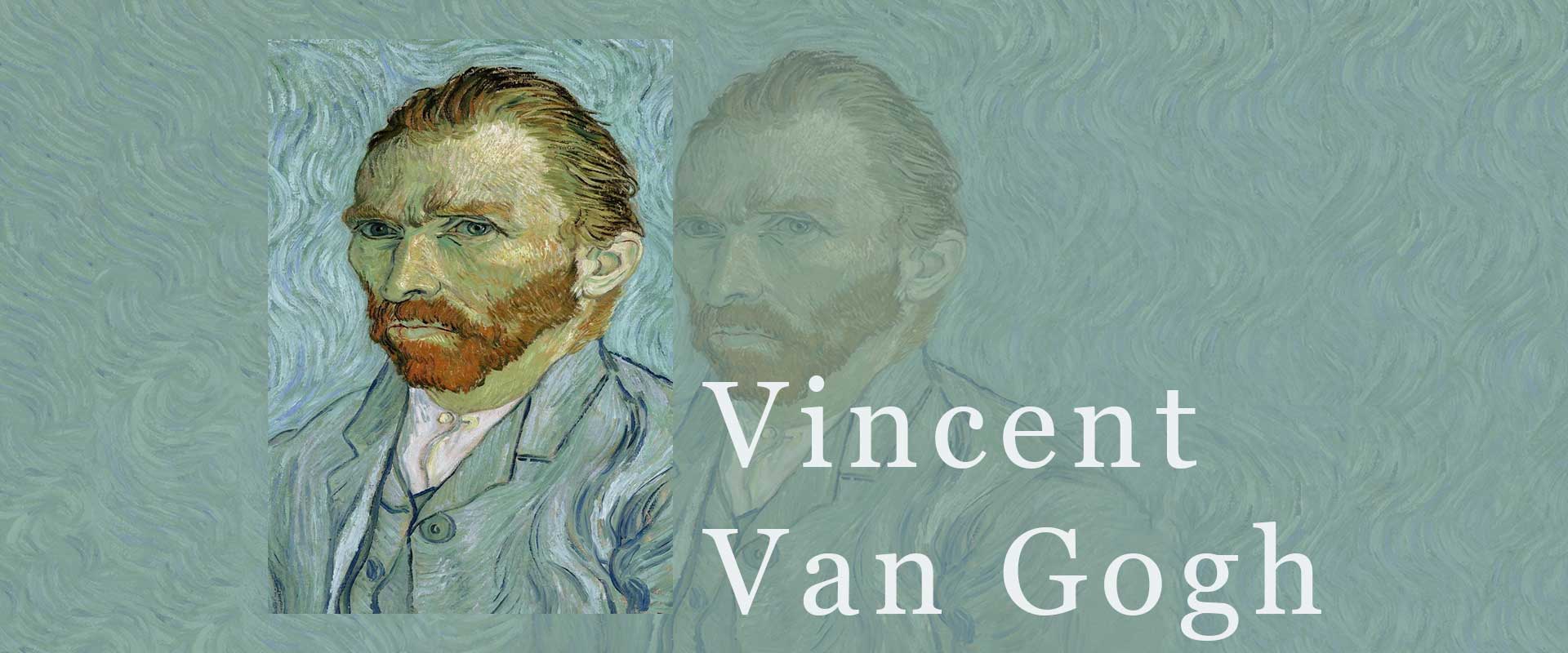Vincent van Gogh died thinking he was a failure. He sold only one painting in his lifetime, battled mental illness, and struggled for recognition. Yet today, he is celebrated as one of the most influential artists in history. His swirling skies, expressive brushwork, and deeply emotional art continue to move audiences around the world. So how did a misunderstood artist become an icon? Van Gogh’s legacy endures because it speaks not only to the eye, but to the soul.
Artistic Innovation That Changed Everything
Van Gogh’s art broke the mold of the 19th century. He moved beyond realism and embraced emotion, using color and brushwork to express what he felt rather than what he saw. His technique—thick paint, energetic strokes, bold contrasts—was revolutionary. It laid the groundwork for movements like Expressionism and Fauvism.
Painters like Edvard Munch, Henri Matisse, and later the Abstract Expressionists found inspiration in Van Gogh’s fearless creativity. His influence is still visible in contemporary art that values emotional truth over technical perfection.
A Posthumous Rise to Fame
During his life, Van Gogh was virtually unknown. But after his death, his letters and paintings began to circulate more widely, thanks largely to the efforts of his brother’s widow, Johanna van Gogh-Bonger. She preserved his works, published his letters, and organized exhibitions that introduced his genius to the world.
By the early 20th century, Van Gogh was no longer an obscure name—he was a symbol of tortured brilliance. His art began appearing in museums, books, and galleries, transforming him into a household name.
Cultural Relevance in the Modern World
Van Gogh is more than an art history subject—he is a pop culture phenomenon. His image and art appear on everything from posters and apparel to music videos and animated films. The Starry Night alone has become a global symbol of wonder, melancholy, and artistic freedom.
Musicians have referenced him in lyrics. Fashion designers have recreated his sunflowers and brushwork in textile form. Films like Loving Vincent and songs like “Vincent” by Don McLean have brought his emotional story to new generations.
Emotional Connection Through His Letters
Van Gogh’s published letters, especially those to his brother Theo, reveal the soul behind the art. They show a man who struggled, dreamed, failed, and kept going. His reflections on art, life, and mental health resonate deeply with readers even today.
These writings allow us to see beyond the myth. They humanize Van Gogh, offering insight into how he viewed the world and his role as an artist. His vulnerability and honesty make his legacy personal—not just historical.
An Icon of Perseverance and Passion
Van Gogh’s life story resonates because it’s about more than painting. It’s about enduring rejection, isolation, and illness—yet continuing to create. His journey reminds us that greatness doesn’t always look like success, and that art can endure long after the artist is gone.
That’s why he is remembered not just for his talent, but for his courage. He painted through pain, gave everything to his vision, and left behind a body of work that still speaks to millions.
Conclusion: Why Van Gogh Still Matters
Vincent van Gogh’s legacy is not only about the art he created, but the life he lived. He taught us that passion can outlive hardship, that creativity can be healing, and that true vision often goes unrecognized in its time.
From museum halls to living room walls, his work continues to inspire, comfort, and challenge. The legacy of Vincent van Gogh is one of brilliance, perseverance, and the enduring power of the human spirit.
FAQs
Why is Van Gogh considered a legendary artist?
He pioneered expressive, emotionally charged painting techniques that influenced entire art movements and reshaped modern art.
How did Van Gogh become famous after death?
His sister-in-law promoted his work, published his letters, and helped organize exhibitions that introduced his genius to the world.
What is Van Gogh’s most famous painting?
The Starry Night is widely regarded as his most iconic work, celebrated for its emotional depth and unique style.
Why does Van Gogh remain relevant today?
His art, letters, and story resonate with modern audiences for their honesty, vulnerability, and fearless creativity.





